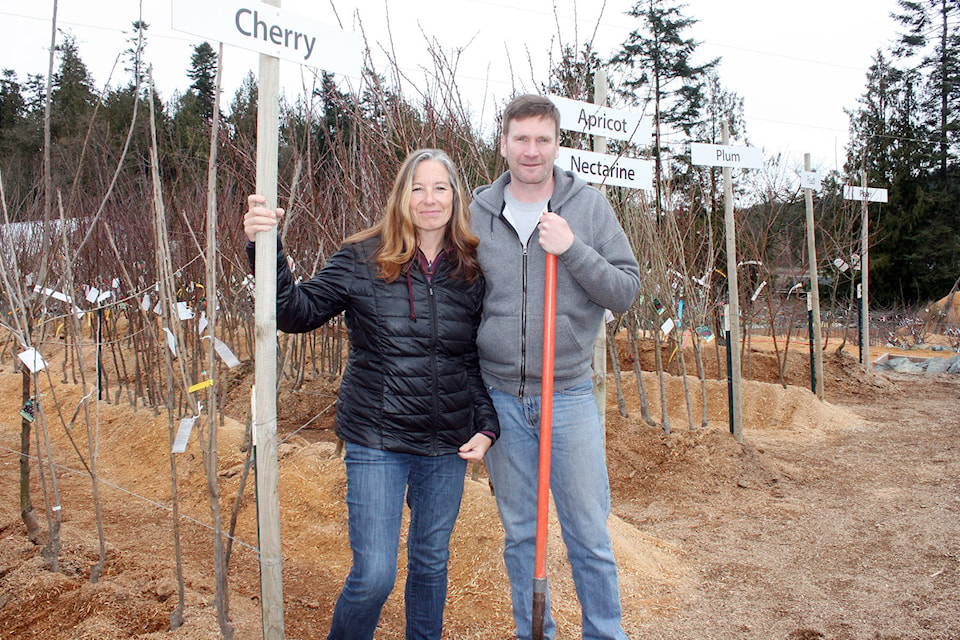I remember the feel of that bean in my hand, so smooth and shiny. We planted them into the soil in the white styrofoam cups and then lined them up along the windowsill in our classroom. Even though we knew it was going to happen, it seemed a wonder to see the first sprout push its way through the soil.
Today this opportunity to witness and be part of this tiny but essential miracle continues. Farm to School is a program that connects students with the food that they eat through activities like school gardens, farm field trips, salad bar programs and visits from elders and knowledge keepers who share teachings about plants and medicines.
Growing Chefs brings Red Seal Chefs right into classes and gets kids prepping and preparing meals. By building these B��Ԫ������ַ�food literacyB��Ԫ������ַ� skills in students through experiential learning opportunities to grow, harvest, prepare and cook healthy local food, Farm to School programs foster positive reinforcing relationships between students and their broader food system.
Another focus of Farm to School is connecting schools to local farms and supporting the local food economy. When schools support local farmers through their purchasing there is also the benefit of having a larger impact on studentsB��Ԫ������ַ� food education in learning what is locally grown and in season.
Farm to School B.C. is alive and well in Saanich. There is quite a diversity of programs. Bayside and Reynolds schools both have salad bars and school gardens. Torquay has a school garden as well as a soup program. Colquitz has been running a very successful salad bar program and currently has plans underway to build a garden. Prospect Lake elementary school has a lovely little garden that is part of their outdoor education curriculum. Claremont secondary school students walk down the street to learn about food growing and environmental stewardship at Haliburton Community Farm.
There is a very important program at LÁU, WELNEW Tribal School that teaches about Island plant foods and medicines, as well as provides a lunch program and land restoration projects. Over the summer, CRFAIR summer student Kele Antoine was lucky to work at their PEPAKEN HAUTW garden with elder Earl Claxton Jr. and co-ordinator Judith Lyn Arney. Kele worked on making a video that highlights the plants and medicines in the garden and their SENCOTEN names. It is hoped that this video will support the work of the teachers and students through the SENCOTEN language immersion program in the coming school year.
This October, Farm to School Month is being celebrated here in Saanich and also across Canada. This year the pan-Canadian organization Farm to Cafeteria Canada has the goal to inspire Farm to School activities everywhere, including the establishment of a childrenB��Ԫ������ַ�s organic vegetable garden at the prime ministerB��Ԫ������ַ�s residence at 24 Sussex Drive in Ottawa. Move over Michelle Obama, CanadaB��Ԫ������ַ�s first family is stepping up to promote healthy eating through gardening.
Farm to Cafeteria Canada is asking schools to share their photos and stories about their activities and they will share them through their collection of networks that reach more than 500,000 across Canada. Register your activities with Farm To Cafeteria Canada at for a chance to win one of three Farm to School grants, valued at $1,500 each.
Farm to School month is a great time for schools to celebrate and reflect on the amazing work that they are doing. It truly does take a whole community of support B��Ԫ������ַ� including the students, teachers, parents, community partner organizations, school administration and the school district B��Ԫ������ַ� to move these important initiatives forward. If you are interested in learning more or connecting your school to resources related to Farm to School programs, you can contact regional co-ordinator Aaren Topley at capitalregion@farmtoschoolbc.ca. LetB��Ԫ������ַ�s get growing.
Linda Geggie is the executive director with the and can be reached at lgeggie@cfair.ca.



